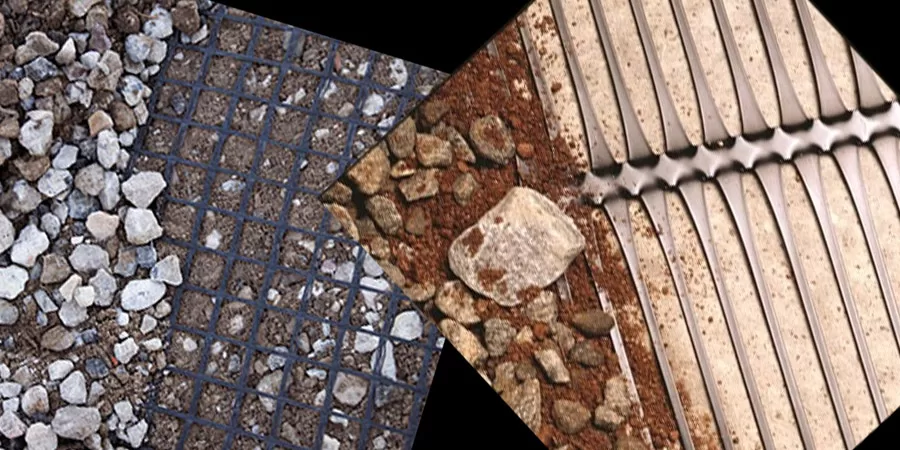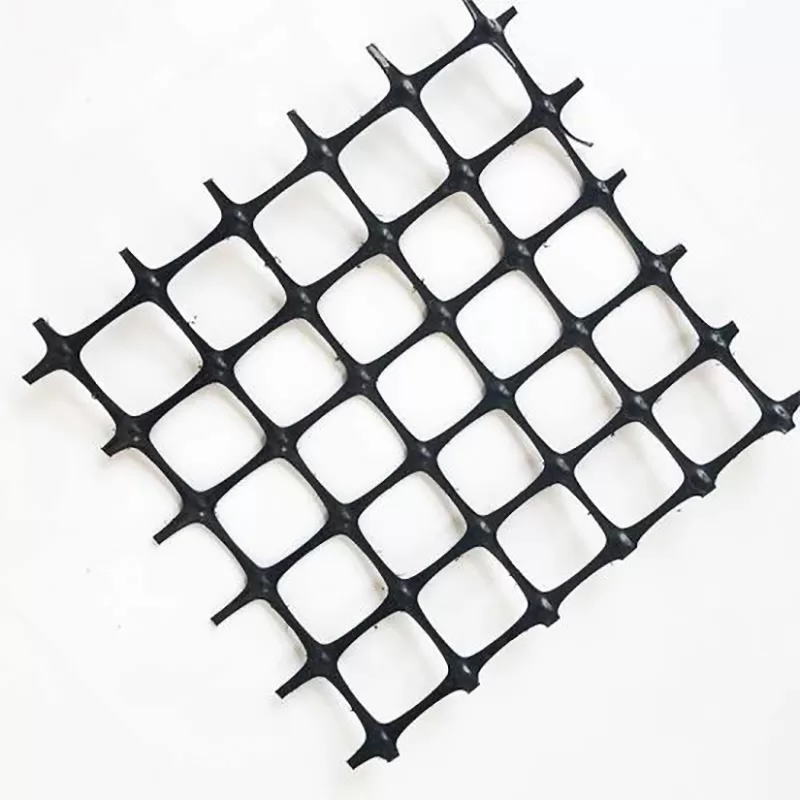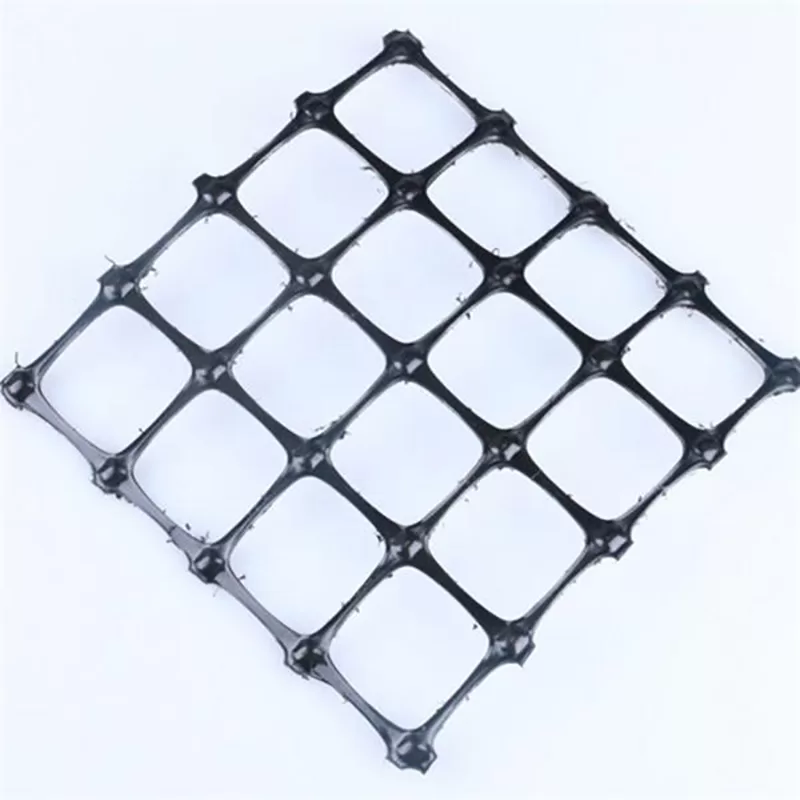+86-159 9860 6917
info@geofantex.com
geofantex@gmail.com
+86-400-8266163-44899
Innovative landscape solutions are vital for both aesthetic and functional needs, especially in areas prone to soil erosion or with sloping terrains. One such solution that combines elegance with engineering is the stackable brick retaining wall reinforced with geogrid. This article explores how integrating geogrid with traditional stackable brick designs enhances the stability and durability of retaining walls, making them a practical choice for homeowners and urban planners alike.
What is a Stackable Brick Retaining Wall with Geogrid?
A stackable brick retaining wall is a structure built to hold back soil or rock from a building, structure, or area. Geogrids are grid-like polymeric materials used to reinforce soils and similar materials. When used together, stackable bricks form the visible wall, and geogrids are integrated horizontally during construction to bind soil layers, enhancing the wall’s overall stability and strength. This combination not only prevents soil erosion but also helps maintain the wall’s shape over time under various environmental conditions.

How Does Geogrid Reinforcement Benefit a Retaining Wall?
Geogrids provide significant structural benefits to retaining walls. They increase the wall’s ability to withstand lateral pressure from the soil it retains by distributing loads more evenly. This reduces the stress on the wall and prevents deformation and failure. Additionally, geogrids can be crucial in taller retaining walls where the sheer volume of retained soil exerts immense pressure. The reinforcement also allows for the use of less rigid, more cost-effective materials for wall construction without sacrificing durability or safety.
What Materials Are Best Suited for Building These Walls?
The best materials for building stackable brick retaining walls with geogrid are generally segmented, interlocking bricks or concrete blocks. These materials are chosen for their ease of use, durability, and ability to form a stable interlock. Geogrids themselves are typically made from high-density polyethylene (HDPE), polyester, or polypropylene, materials known for their strength and resistance to environmental degradation. Choosing the right type of brick and geogrid depends on the specific requirements of the project, including soil type, climate, and aesthetic preferences.
What Are Some Considerations When Installing a Geogrid Reinforced Retaining Wall?
When installing a geogrid reinforced retaining wall, several factors must be considered to ensure its effectiveness and longevity. Proper soil preparation is crucial; the soil must be well-compacted and drained to avoid water buildup that can weaken the structure. The layers of geogrid must be installed at the correct depths and intervals as specified by engineering guidelines for the specific site conditions. Additionally, attention should be paid to the quality and compatibility of the bricks and geogrids used, as well as to ensuring that the construction complies with local building codes and regulations.
Stackable brick retaining walls reinforced with geogrid technology offer a robust solution for managing soil erosion and enhancing land usability, particularly in challenging landscapes. The integration of geogrids with stackable bricks not only augments the structural integrity of retaining walls but also extends their lifespan, providing a resilient and attractive landscaping element. As such, these walls represent a fusion of form and function, delivering a practical yet visually appealing result that is increasingly popular in contemporary landscape architecture.



Get Free Sample
We’ll respond as soon as possible(within 12 hours)






















